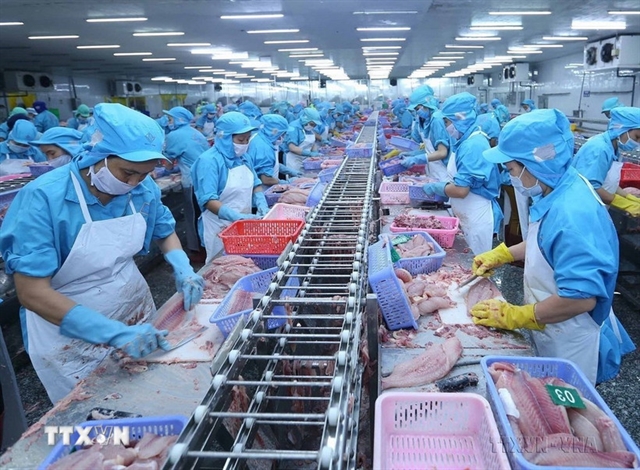 Life & Style
Life & Style


|
| Dr Jonathan Halevy. Photo courtesy of Family Medical Practice |
Dr Jonathan Halevy*
There’s a lot of confusion surrounding lactose intolerance and milk allergy — the terms may sound similar, but they actually describe two different digestive problems, and one is more severe than the other.
Milk allergy
This is an allergic reaction, caused by the immune system, in response to exposure to one of the milk proteins. There are two types of allergic reaction, namely immediate and delayed. The immediate reaction is mediated by IgE antibodies and release of histamine. It can cause symptoms that appear soon after exposure to milk such as abdominal pain, vomiting, itchiness, a distinct rash called “Urticaria” and swelling of the lips or throat. The allergic reaction may even be severe enough to cause anaphylactic shock.
The other type of allergic reaction is the delayed reaction. It can appear hours after exposure and may be chronic. It may cause abdominal pain, diarrhoea or constipation, blood in the stool, and may worsen atopic dermatitis (eczema) rash. It may cause iron deficiency due to loss of iron in the gut. Children who suffer from a cow’s milk allergy may suffer from allergies to other types of milk (e.g. goat) or to soy (especially the delayed-type allergy). Most babies with a milk allergy outgrow the allergy with time.
The treatment is strict avoidance of milk, dairy products, and any food that may contain milk powder (cookies, cakes, creams, etc). Even very small amounts may trigger an allergic reaction. Some children may need to avoid other types of milk and soy products as well.
If a baby is breastfeeding the mother should avoid these foods as well.
If the baby is formula feeding they may need to switch to a hypoallergenic formula.
Lactose intolerance
This condition is the result of the inability of the digestive system to breakdown and absorbs lactose - the milk sugar. It is caused by lactose deficiency, the lack of the enzyme responsible for digesting the lactose. The undigested lactose is fermented by the bacteria in the colon and the results can be bloating, excess gas, abdominal discomfort and diarrhoea. This condition is not an allergy, it does not involve the immune system and it does not cause a skin rash.
Lactose intolerance is relatively uncommon in children and more common in adults, whereas milk allergy is relatively common in children (especially in children who were exposed to formula). Some children may develop temporary lactose intolerance after intestinal infections that may cause prolonged watery diarrhoea.
The treatment, in this case, is simple - avoid Lactose, by either avoiding dairy or using lactose-free dairy products or switching to soy-based products until diarrhoea resolves.
The diagnosis and differentiation of these conditions are usually based on history of symptoms and clinical examination. In unclear conditions, certain specific tests may be required. Family Medical Practice
*Perhaps the most well-known figure at Family Medical Practice thanks to frequently posting pediatric advice on social media, Dr Jonathan is a graduate of the Sackler School of Medicine of Tel Aviv University, then undergoing his residency in the Pediatric Department of the Wolfson Medical Center in Israel, earning his certification as a specialist in paediatrics. He first joined Family Medical Practice in 2005 and returned in 2013 following a short period in Melbourne.
A published author on pediatric care, Dr Jonathan is frequently invited by the local community to conduct health talks, having addressed many schools and parent groups on pediatric health issues and other medical topics. His Vietnamese-language book "Nuôi Con Sao Cho Đúng" on the subject of children's health was released in 2015.
Family Medical Practice was the first foreign-owned primary healthcare provider in Việt Nam, and has consistently remained at the forefront of international-standard medicine since 1995. It offers extensive healthcare and emergency medical services nationwide to Vietnamese, expatriate and corporate customers.
For more advice on any medical topics, visit Family Medical Practice Hanoi at: 298 I Kim Mã, Ba Đình District. Tel: (024) 3843 0748. E: hanoi@vietnammedicalpractice.com.
FMP’s downtown Hồ Chí Minh City location is: Diamond Plaza, 34 Lê Duẩn, District 1; 95 Thảo Điền, District 2. Tel: (028) 38227848. E: hcmc@vietnammedicalpractice.com
FMP Đà Nẵng is located at 96-98 Nguyễn Văn Linh, Hải Châu District, Đà Nẵng. Tel: (0236) 3582 699. E: danang@vietnammedicalpractice.com.




